REVEALED! The top 20 dirtiest NBA players of all time
NBA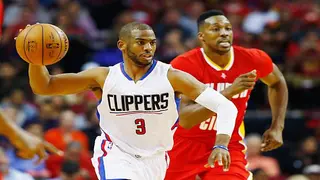
Like many other sports, basketball has strategies that teams use to gain an advantage over their opponents. One of the most common is the Hack-a-Shaq play which many NBA coaches have utilised to contain their rivals. The strategy focuses on the opponent's poor free-throw shooter.
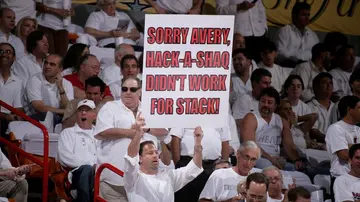
The tactic received a lot of criticism because of the increased number of intentional fouls that slowed down the game. To solve the problem, the National Basketball Association (NBA) introduced new Hack-a-Shaq rules to penalise offenders.
Many experts say it is a winning strategy with simple probability and weighted averages. It involves fouling the worst free-throw shooter in the opposing team. The tactic's purpose is to stop the rival team since the target player would probably miss a lot of free throws. The team that made the foul can get the ball back faster and launch a counter-attack.
REVEALED! The top 20 dirtiest NBA players of all time
NBA
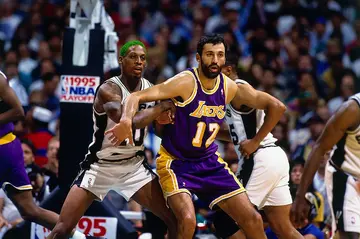
It is a foul committed when a player intentionally impedes another one on the opposing team. The foul usually happens off the ball, and the fouled player takes free throws. So, where did Hack-a-Shaq come from? Who created Hack-a-Shaq?
When did Hack-a-Shaq start? Former Dallas Mavericks coach Don Nelson is the person who invented Hack-a-Shaq in 1997. Nelson experimented with the famed idea of stopping Dennis Rodman when the Mavericks faced Rodman's Chicago Bulls on 29 December.
Rodman was one of the best rebounders and defenders during his time, but shooting from the field was one of his weaknesses. His shooting percentage (38.6%) was one of the Bulls' weak points that Nelson wanted to exploit. He would limit the Bulls' offensive strength by attacking Rodman and taking them out of the game.
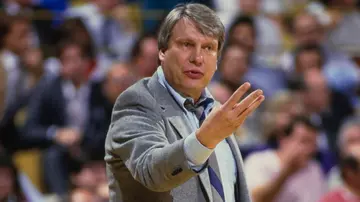
Nelson's plan failed to stop the Bulls as Rodman scored 9 of his 12 attempts from the line, handing the Mavericks their 12th straight defeat. Despite the failed experiment, Nelson continued to use the tactic against other players, including Shaquille O'Neal.
NBA players with dreads: Who has the best locks in the league right now?
NBA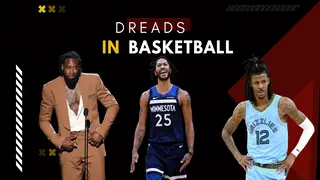
The tactic acquired its name from the legendary Shaquille O'Neal, who became a top victim of the strategy against opponents. Nelson frequently used it to stop O'Neal, and many teams also began to adopt the idea when facing the Hall of Famer.
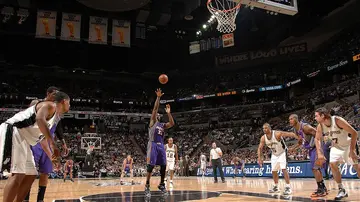
The idea worked in some instances against O'Neal. Since he was fast, fouling him was one of the best ways to slow him down. Shaquille was among the worst free-throw shooters in the NBA, a record that most opponents capitalised on by fouling him.
O'Neal's teams won 22 out of 25 playoff series from 2000 to 2006 (Los Angeles Lakers and Miami Heat), proving the ineffectiveness of the tactic. Two of the three series he lost were to teams coached by Larry Brown, who preferred to play the 'right way' rather than fouling Shaq.
In 2008, San Antonio Spurs coach Gregg Popovich used the tactic against Shaquille during their game against the Phoenix Suns. Before the game, Popovich, NBA's best-paid coach, joked with reporters about implementing the idea in the game's first possession.
Ranking the top 10 players with the most blocks in an NBA game
NBA
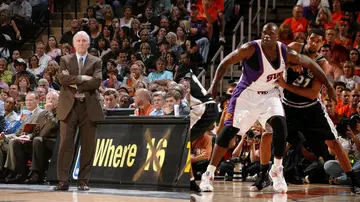
Spurs' Hack-a-Shaq on O'Neal came five seconds into the game as Popovich's words came true. Former Suns player Michael Finley executed the Hack-a-Shaq five seconds record by wrapping his arms around Shaquille, forcing the play to stop early in the match. Shaq immediately looked at Popovich and received two thumbs-ups from him while they laughed.
The strategy is legal in NBA, and most teams continue using it against opponents. Besides O'Neil, other victims of the tactic include DeAndre Jordan, Josh Smith, Dwight, Andre Drummond, Andre Roberson, Tiago Splitter, and Ben Simmons. In 2012, Gregg Popovich successfully executed the same tactic against LA Clippers. Gregg ordered his players to foul Reggie Evans and distracted the Clippers. Fortunately, his plan worked as Spurs won the match.
The NBA later introduced some rules to reduce the times it happens in a match or a season. So, how and when did Hack-a-Shaq rule change?
Ranking the 10 best attacking trios in football history
Football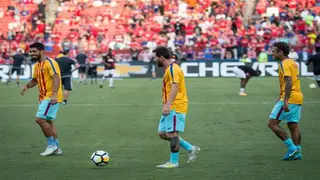
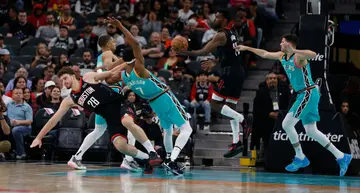
How did the NBA stop Hack-a-Shaq? The American basketball league adopted new rules in the 2016/2017 season following an amendment by the council on 12 July 2016. NBA's Hack-a-Shaq new rule states that defending team players could not foul a player without a ball until 46 minutes of play.
The Hack-a-Shaq rule of 2016 also restricted players from fouling opponents in the last two minutes of each quarter. Previously, the law applied to the final two minutes of the fourth quarter or during overtime. The punishment of the Hack-a-Shaq call remains a free throw to the fouled player and their team retaining possession of the ball.
Despite the strict rules, NBA coaches and players still use the Hack-a-Shaq strategy to counter opponents. The tactic continues to get criticism because it kills the spirit of the game. The frequent stops make the match uninteresting.
READ MORE: Who is the youngest chess grandmaster of all time? A top 10 list
Chelsea’s transfer news: How much money did Chelsea spend this transfer window?
Football
Sports Brief featured the top 10 youngest chess grandmasters in history. The sport has seen twelve, thirteen, and fourteen-year-olds dominate and win titles in the arena. Chess requires hard work, brilliance, and abundant knowledge to succeed.
Abhimanyu Mishra, Sergey Karjakin, and Gukesh Dommaraju are the top recognised chess masters. They won the Grandmasters titles during their teens. So, how did they do it? Find out through the above link.